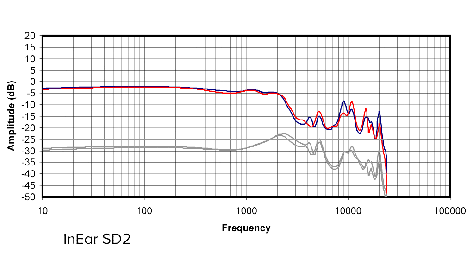SilverEars
Headphoneus Supremus
- Joined
- Sep 18, 2013
- Posts
- 14,518
- Likes
- 6,505
Here is a great read on CIEMs vs Universals and reshells.
http://cymbacavum.com/2014/06/14/universal-to-custom-reshell-things-to-know-beforehand/
http://cymbacavum.com/2014/06/14/universal-to-custom-reshell-things-to-know-beforehand/





